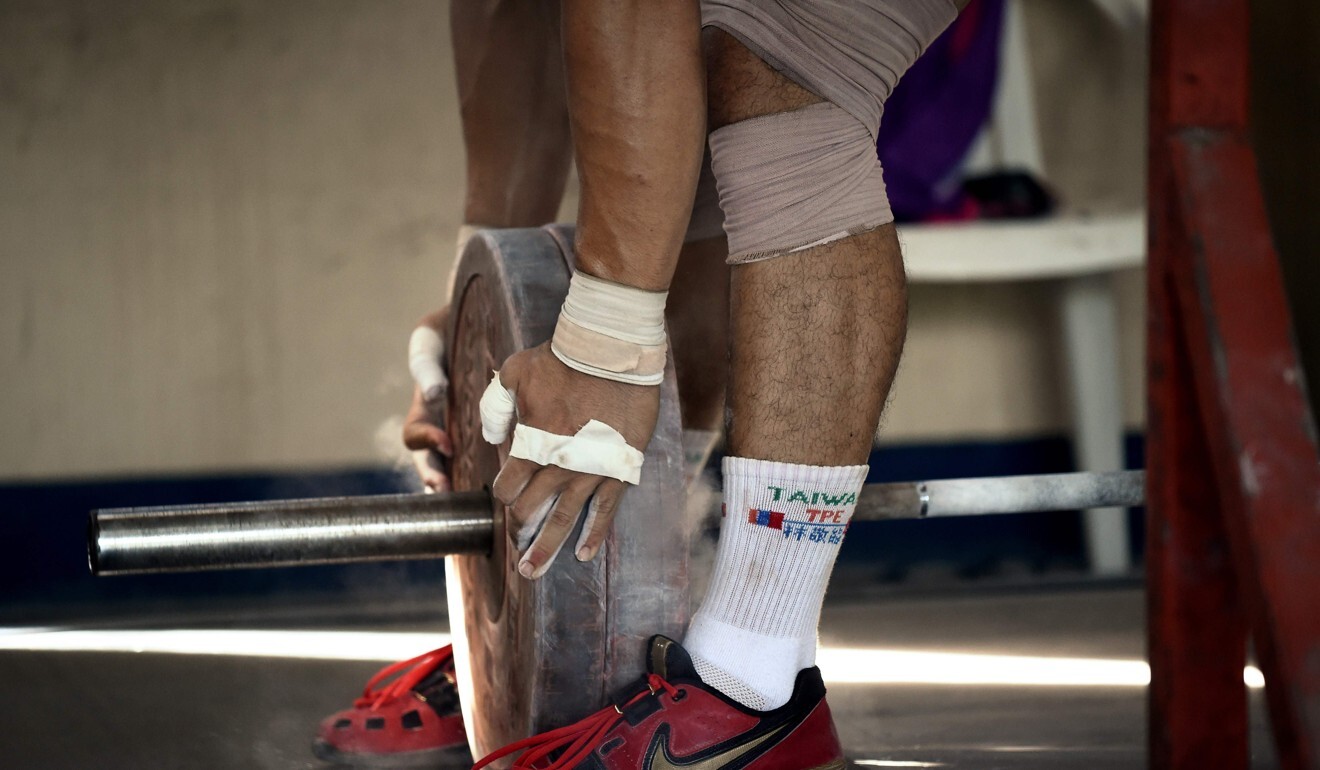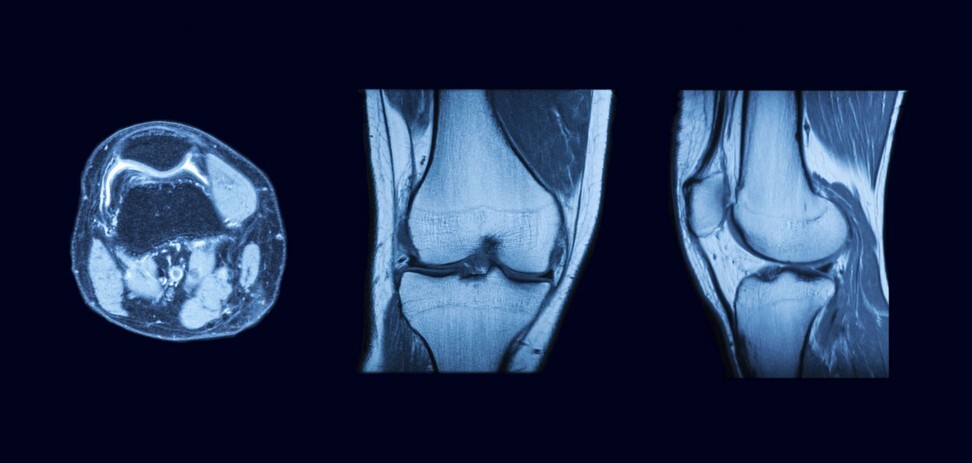
Want to be a runner? It’s all about body composition and gait analysis
- Before you hit the track, trail or road, make sure you get your body weight measured, joints aligned and symmetry corrected
- Simply buying some shoes and going running is no longer sufficient
Remember when you bought your first pair of running shoes, put them on, went outside and started running?
In 2021, we know this to be as reckless as rushing straight into the ocean to figure out big wave surfing after buying your first surfboard. Or learning rock climbing by free soloing.
Now we have professionals that will gradually and safely prepare you for the highly technical, dangerous sport of running.
First, you must let the experts determine if you are physically capable of resisting the colossal forces running will put you under. Previous athletic experience counts for zilch here – don’t even think that having shared a swimming pool with a young Michael Phelps, or taken Serena Williams to three sets as a junior, would fast track you to your first 5km fun-run.
How to be a badass runner without doing much running
For a substantial fee (one should not penny-pinch when it comes to personal safety) you will be inserted into a body scanner that bombards you with Higgs bosons and produces 20 terabytes of data that will then be crunched by cutting-edge AI.
And, unless you were grown from cell culture in a test tube in an East German laboratory, the AI will find out that your body is dangerously asymmetrical.

Your left shoulder being 7/83 millimetres lower than your right, or the big toe on your right foot weighing 0.67 grams heavier than its counterpart, may not matter a great deal under normal circumstances, but you want to become a runner.
If you run while asymmetrical, your bodily fluids will be building up on one side, pulling you off-balance and making you run in giant circles. If you ever got lost on a long run, you have your bodily fluids to thank for that. Those extra grams of big toe will also lead to catastrophic injuries – the metallic clanking you will be hearing in five years will not be your marathon finisher medals, but your Zimmer frame.
It does not have to be this way. By strengthening the underdeveloped supporting muscle groups that you have never heard of located underneath other muscles deep below the muscles you have actually heard about, qualified specialists will recalibrate you into Olympic-standard body symmetry.

They will do so by making you scamper and hop sideways in a semi-squat position with every movable part of your body, including that big toe, tied together with rubber bands.
Six-to-nine weeks of daily rubberised scampering will change those unruly body parts into the new, symmetrical you, and bring the weights of the big toes within five decimal places of each other.
You are not quite ready to run yet – your next step is not onto a road or a trail, but a yoga mat. For several weeks, your pre-runner yoga instructor will force your joints into near-dislocation, known as mobility, required for the essential pre-runner poses – Confused Dog, Phosphorus Squirrel and Moth Salutes the Mountain.

Only now are you ready to be shown how to run. You will be placed on a treadmill, and a man with large biceps and five university degrees in human movement will focus cameras – 27 of them – on each one of your joints – now thankfully free of rubber bands.
After that treadmill stops, the amount of terminology unleashed on the very out-of-breath, but symmetrical, you, will be equivalent to a major in physics (kinetic chain, fore-aft body mass centre acceleration) with a minor in Latin – plantarflexion and gastrocnemius.
To save you the time figuring out who exactly gastrocnemius and plantarflexion are (hint: not characters from the Hollywood blockbuster Gladiator) and what they are doing to your kinetic chain, here is a summary: you must run on the very tips of your toes, like a spooked ballerina.
Congratulations! Six months later and having dropped enough cash to fund a developing nation’s Olympic programme, you are now ready to run. If you feel you are not quite ready to go solo, you can recruit an online coach. There may be three generations of running coaches living next door to you, but ignore them – to be effective, your coach must live on a different continent, or at least a couple of time zones away.
Finally, if you are a daredevil who wants to be a trail runner, think of investing in the following online courses and audiobooks: Your First Downhill, Jumping Over Something When Running (separate courses for roots, rocks and logs), and Running When It is Colder Than Usual.

